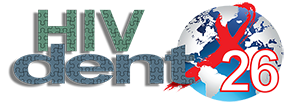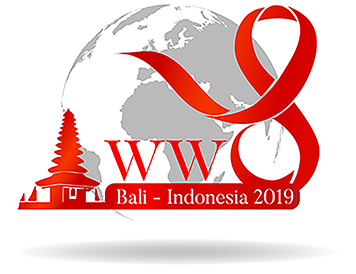Mohammed Majam1,2, Joel Francis1,2, Vincent Zishiri2, Angela Tembo2, Francois Venter1,2
Clinical Medicine, University of the Witwatersrand, Johannesburg, Gauteng, South Africa.
Wits Reproductive Health and HIV Institute, University of the Witwatersrand, Johannesburg, Gauteng, South Africa.
Abstract
Objectives: Self-Testing for HIV (HIVST) was approved as an additional testing modality by the WHO in December 2016. The South African National Department of Health has adopted these guidelines and has sanctioned the assessment of various testing modalities to scale up HIV testing in response to the UNAIDS 90-90-90 targets. HIV Self-Tests are targeted towards reaching infrequent, under-tested, and high-risk populations. Herewith, we present the progress to date on the testing of various models of distribution through public and private sector initiatives.
Methods: Through the STAR Initiative, Wits RHI has distributed oral HIVST kits to primary recipients (end-users), and secondary distribution (to networks/partners) between November 2017 and December 2018. Models of distribution in the public sector include community-based and facility-based distribution which target high prevalence areas, high volume transport hubs, and other facilities where target groups can be reached. In the private sector, we have targeted workplaces, private pharmacies, and waiting rooms of health professionals. Basic demographic information, and testing frequency is routinely captured. Follow up and self-reporting of results is conducted through telephonic survey or other mHealth tools. We computed descriptive statistics for the distribution status.
Results: By the end of December 2018, Wits RHI has distributed 569 261 kits, with most of the kits distributed in various community models (n=433 837, 76%) followed by workplace (n=123 228, 21%). The distribution reached mostly men (n=366 083, 64%), clients who ever tested or did not test in the last year (n=109 228, 19%) and among these 8% had never tested before and 19% of the distributions has reached young people (12-24 years). Across the models, uptake is high among the primary recipients and the yield ranges between 5-7%.



